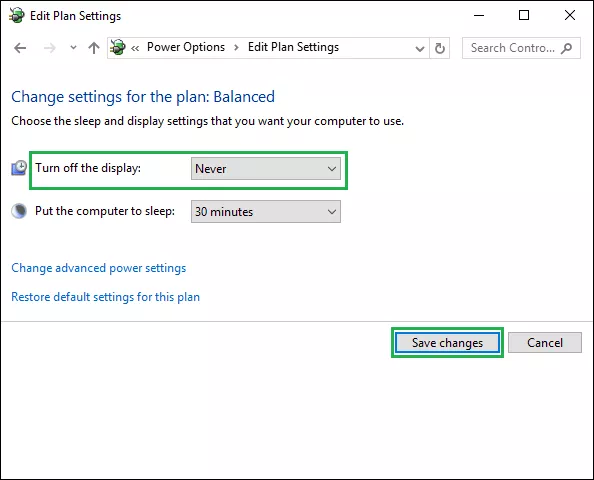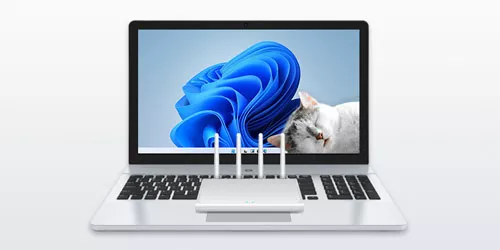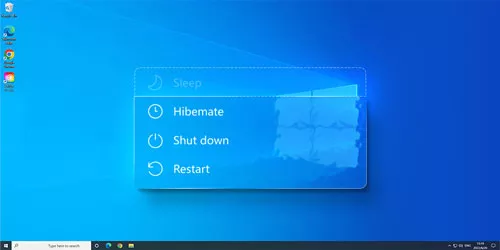Windows 11 Black Screen After Sleep: How Do I Fix It?
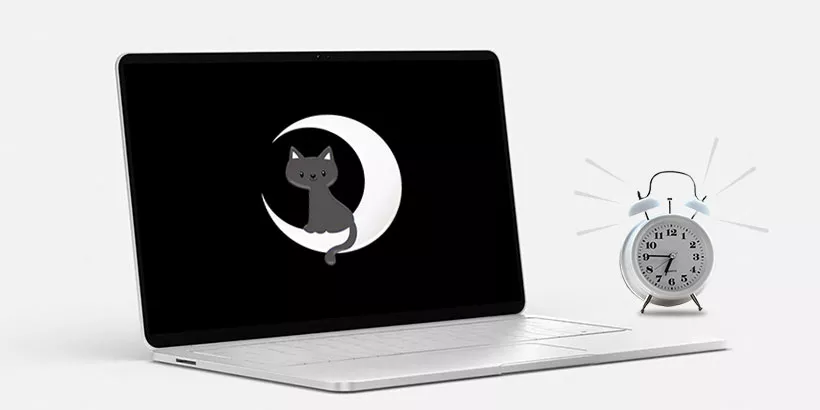
Sleep mode is a way to save power and energy. When you don't use your computer for a certain period, it will go to sleep mode. However, some users report that a black screen will appear when the sleep mode is over, which annoys them greatly.
In order to solve this problem, in today's post, we discuss 5 ways to fix black screen after sleep mode. You can try just one or two among them until your issue is fixed.
If you are interested, you can also read the following articles to learn more about sleep mode:
Why Can't Computer Wake Up from Sleep Windows 10: How to Fit It?
Fix: Windows 11 Won't Go to Sleep Mode Issue.
1. Disable fast startup
Step 1: Type power in the windows search bar and select Power & sleep option.
Step 2: In the right panel, select Additional power settings.
Step 3: Select Choose what the power buttons do and check if the Turn on fast startup(recommended) option is enabled.
Step 4: If the fast startup is enabled, then click on the Change settings that are currently unavailable.
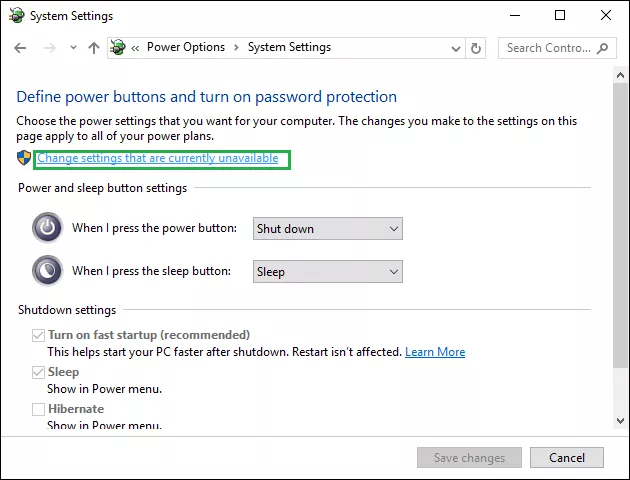
Step 5: Uncheck the Turn on fast startup (recommended) and click Save changes.
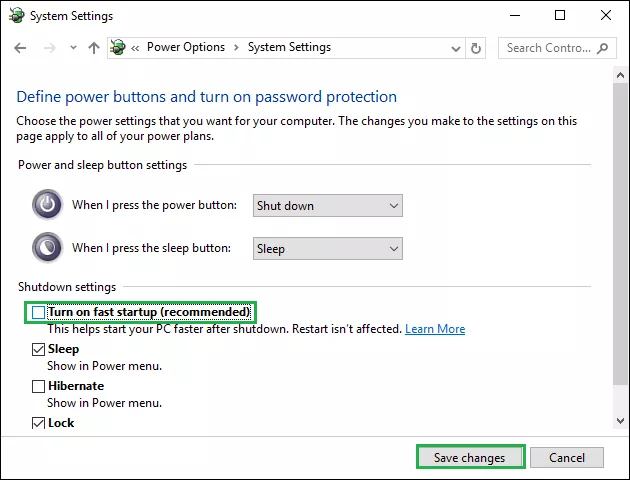
2. Disable hibernation in your computer
Step 1: Press Windows + R to open Run dialog, type cmd and then press Enter.

Step 2: Type powercfg /h off and press Enter.
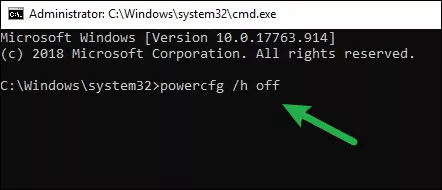
Now your computer will restart by itself. Hibernation will be disabled.
3. Disable app readiness service
Step 1: Press Windows + R to open Run dialog, type services.msc and press Enter.

Step 2: Double-click the App Readiness.
Step 3: In the General tab, click Startup type and select Manual from the drop-down menu.
Step 4: Click Stop to halt any running services of App Readiness.
Step 5: Click OK.
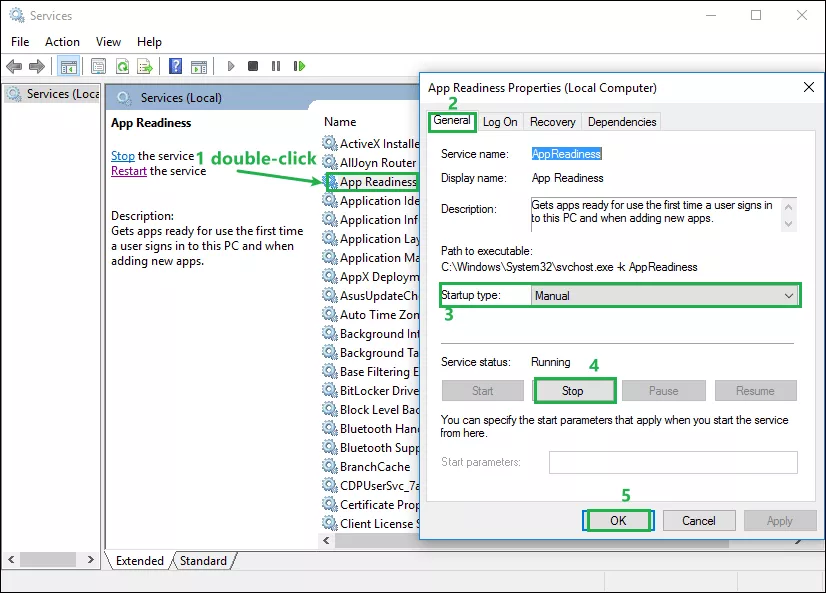
4. Troubleshoot the graphics driver
Step 1: Right-click the Start button and then select the Device Manager from the pop-up menu.
Step 2: Click the arrow of the Display adapters. Right-click the graphics drivers in it and choose Update Driver Software.
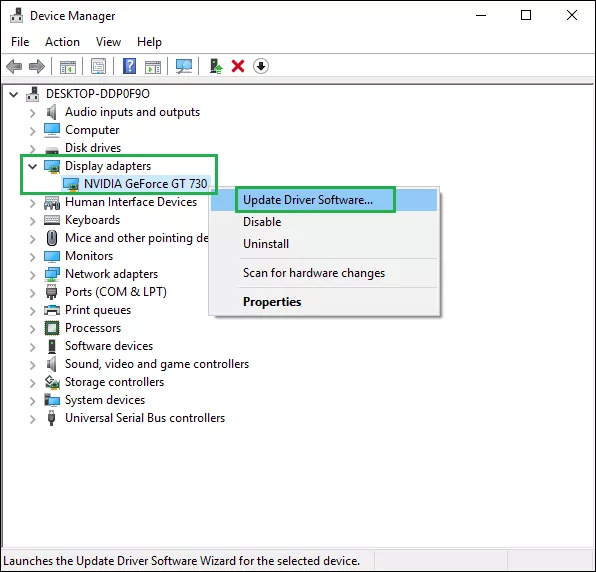
Step 3: Click the search automatically for updated driver software to complete the update.
5. Disable sleep mode
Step 1: Open the Additional power settings. (follow solution 1 )
Step 2: Click Choose when to turn off the display option.
Step 3: Change the Turn off the display to Never and click Save changes.
